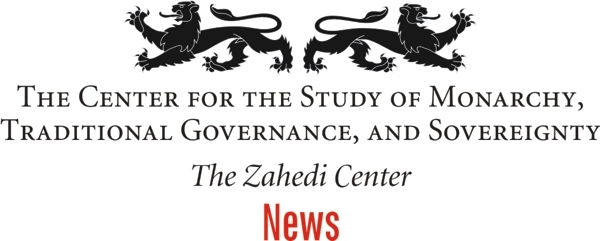|
Advisory Council Begins Debate on the Abdication of Emperor Akihito, of Japan October 19, 2016. With January 19, 2017, and January 23, 2017, updates Analysis. By Quinn Marschik, The Zahedi Center. The first meeting of the abdication advisory council commenced on Monday, October 17, 2016, to discuss legally allowing His Imperial Majesty Emperor Akihito of Japan to abdicate the throne, allowing the Emperor’s son, His Imperial Highness Crown Prince Naruhito, to succeed. Prime Minister Abe Shinzo and Chief Cabinet Secretary Suga Yoshihide met with the six council members from academia and business, to formally open the discussion.
Discussions on the issue of the Emperor’s abdication followed His Imperial Majesty’s address to the nation on August 8, 2016, in which he inferred his desire to abdicate. It was expected the council would make its recommendation early in 2017. The Japanese Government would then have the opportunity to pass a law allowing the Emperor to abdicate with the abdication expected to occur in 2018, a year mentioned in His Majesty’s August 2016 address. Succession to the Chrysanthemum Throne had been a sensitive topic of discussion in the past. In 2005, former Prime Minister Koizumi Junichiro initiated a similar process to the 2016 discussions, only at that time the advisory council considered equal primogeniture, meaning that the first born child of the Emperor could succeed to the throne regardless of gender. During that period, Emperor Akihito had no grandsons, but that was changed by the birth of His Imperial Highness Prince Akishino, son of Their Imperial Highnesses Prince Hisahito and Princess Kiko, putting an end to the succession question. The Government was expected to promulgate an abdication law specifically for Emperor Akihito. Emperors of Japan had, in the past, often abdicated the Throne. The Diet was likely to vote to allow for female succession, the solution which was raised in 2005. While some conservative members of the Diet opposed this measure, female succession to the Chrysanthemum Throne would not be outside Japan’s traditions. Japan has had a number of female emperors, with the most recent being Empress Go-Sakuramachi from 1762 to 1770, although the caveat was that the fathers of empresses had to be of the male-line of the Imperial House and were to be succeeded by other male-line members. Thus, female succession, with the stipulation that the Chrysanthemum Throne could not pass outside of the male-line of the Imperial House, remains a valid and traditional option. The second option, which could just as well be combined with the first, would be to reinstate the miyake families, the male-line, cadet branches of the Imperial House allowed to succeed to the Japanese Throne, as part of the line of succession. These families were excluded from membership in the Imperial House after World War II during the US occupation. This has the support of some conservatives, but would dramatically expand the Imperial House to a level unfamiliar with the modern Japanese population, which could raise a variety of issues, such as the cost for the Imperial Family, how active should extended members of the Imperial Family be in State and social functions, along with questions of class and gender equality. |
